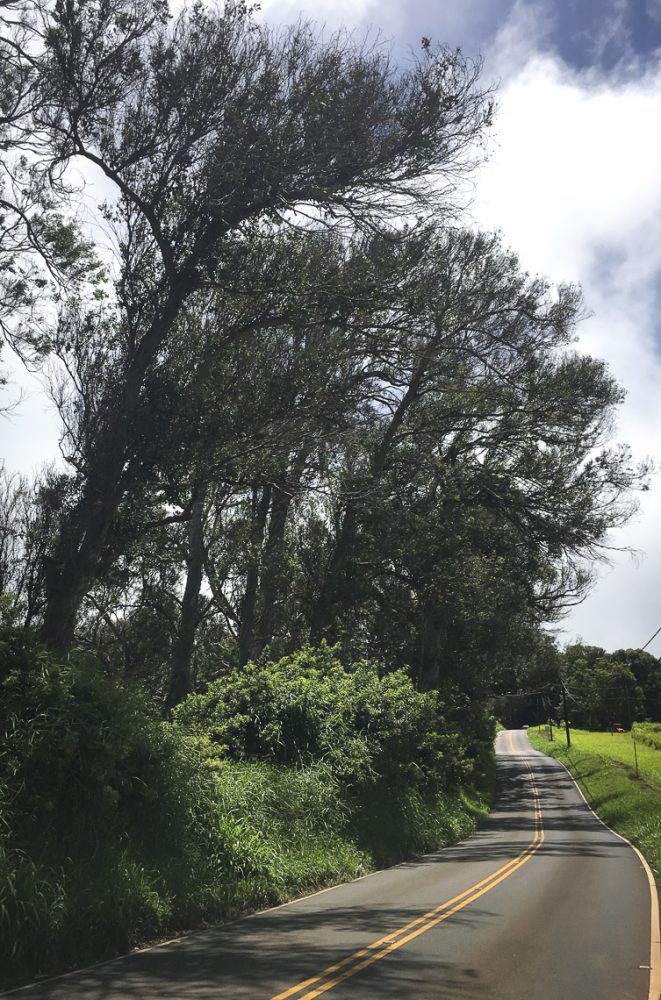The vast majority of introduced plants stay in the gardens where they are planted. Without their native pollinators or preferred…
Read More
Spiders in Hawaii, native and introduced
As the calendar turns from September to October, giant webs appear overnight in yards upcountry. These are no ordinary spider…
Read More
Sunscreen, coral reef bleaching, and invasive algae
Maui’s coral reefs are in trouble. Many of the hazards are complex and global – climate change and ocean acidification,…
Read More
Pines threaten Haleakalā
Haleakalā Crater is a rainbow of cinder, unlike anyplace else on earth. The result of millions of years of eruption…
Read More
Leafless on Maui: eucalyptus branches bare thanks to insect pests
In 2004, University of Hawaii (UH) entomologist Will Haines was visiting his parents in upper Haʻikū when he saw an…
Read More





